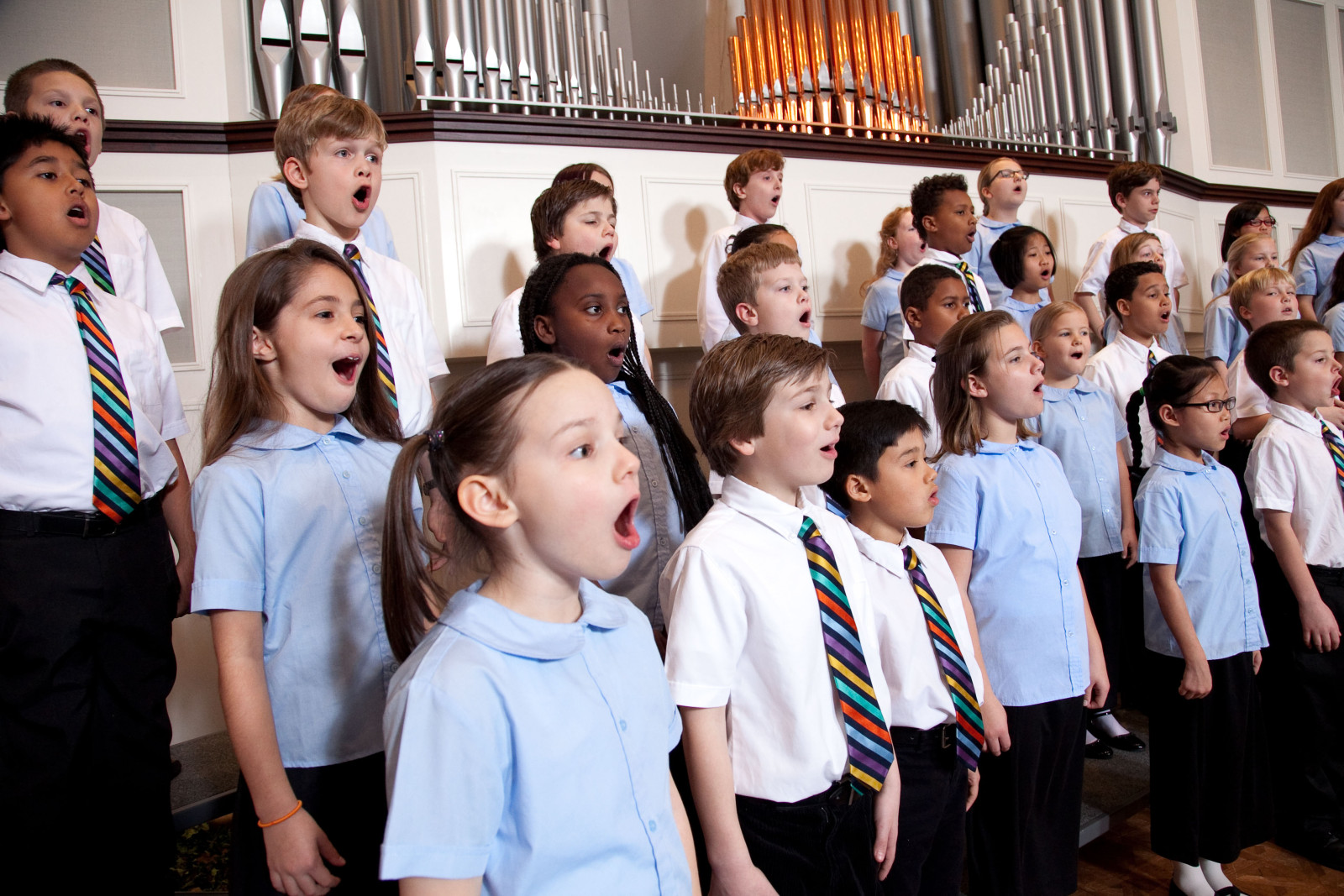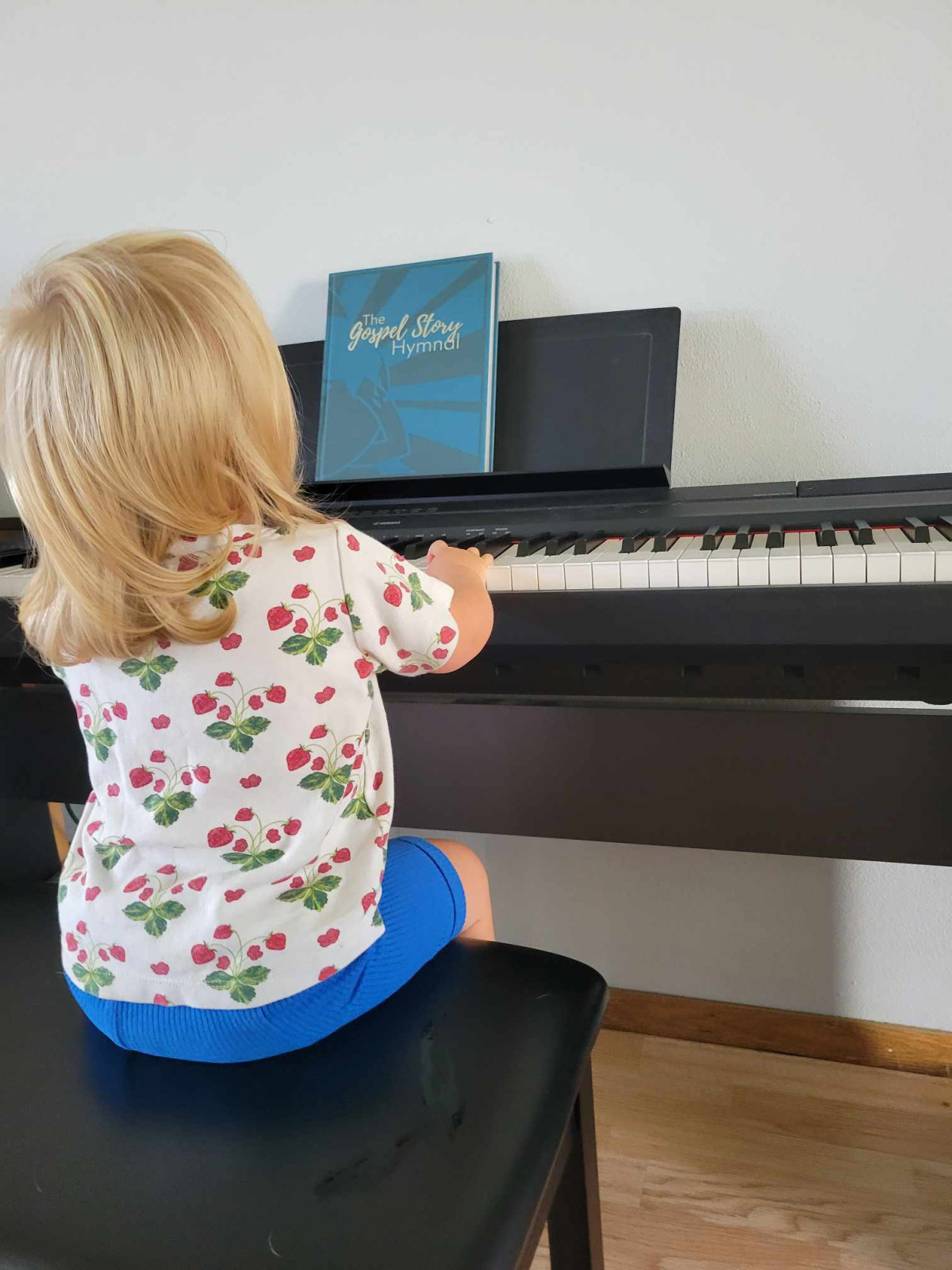
Creating a children's choir at your church can be a rewarding and enriching experience for both the young participants and the entire congregation. Not only does it provide an opportunity for young voices to be heard, but it also fosters a sense of community, teaches valuable musical skills, and enhances the worship experience for all ages. If you're considering starting a children's choir, here's a step by step guide to help you get started on this exciting journey. For 1-1 customized support from someone who has successfully built choirs like this, check out my music leadership coaching.
1. Define Your Vision
Purpose of the Choir
Before diving into the practical aspects, it's crucial to clarify the purpose of your children's choir. Take some time to reflect on and discuss these questions with your team:
- Will the choir perform during regular Sunday services, special events, or both?
- What age group(s) will you include? Will you focus on elementary school children, preschool children, and/or will you extend the range to include middle schoolers?
- What style of music will you focus on? Will you stick to traditional hymns, incorporate contemporary Christian music, focus on choral sacred music, or aim for a blend of styles?
Having a clear purpose will guide your decisions moving forward and help you communicate your vision to others.
Goals
Set specific, achievable goals for your choir. These could include:
- Musical development: Improving pitch, rhythm, and harmony skills.
- Spiritual growth: Deepening understanding of worship and worship leading through music.
- Community building: Fostering teamwork and friendships among choir members.
- Church involvement: Increasing children's participation in church.
Having clear goals will help you measure progress and keep everyone motivated.
2. Gather Support
Church Leadership
Engaging with your church leadership (pastors & elders) is a crucial step in establishing your children's choir. Present your vision and explain how it aligns with the church's mission and values. Their support can be invaluable in securing resources, promoting the choir, and integrating it into church life. Schedule a meeting with your pastor or elder board to discuss:
- The benefits of a children's choir for the church community.
- Resource requirements (space, budget, equipment).
- How the choir can enhance worship services and special events.
Volunteers & Staff
A successful children's choir requires dedicated volunteers and sometimes staff. Recruit individuals who are not only passionate about music but also enjoy working with children. Potential volunteers/staff might include:
- Music teachers from your congregation or community.
- Parents with musical backgrounds or experience.
- Older youth who can serve as mentors to younger children.
- A pianist in the congregation.
Consider creating specific roles, such as:
- Choir director.
- Assistant director.
- Accompanist/Collaborative pianist.
- Music librarian.
- Parent coordinator/communication liaison.
3. Logistics and Planning
Age Groups
Deciding on the age range for participants is an important consideration. You might choose to have:
- A single choir for all children (e.g., ages 8-14).
- Multiple choirs based on age groups (e.g., 7-10 and 11-14).
- Choirs based on skill level rather than age.
Consider the number of interested children, available resources, and your conductor/instructor's capabilities when making this decision.
Rehearsal Schedule
Establishing a regular rehearsal schedule is crucial for consistency and progress. When planning your schedule:
- Choose a day and time that works for most families (e.g., Sunday afternoons or Wednesday evenings).
- Determine the duration of rehearsals (30-60 minutes is usually ideal for children, no longer depending on age).
- Decide on the frequency (weekly rehearsals are common, but bi-weekly might work better for some churches -- consider how long a semester is as well as how a child gains missed info if they miss a rehearsal when deciding this).
- Plan for additional rehearsals/run-throughs before major performances.
Location
Secure a suitable space for rehearsals that is conducive to singing and learning. This could be:
- A church classroom with good acoustics.
- The main sanctuary (if available and appropriate).
- A fellowship hall or multi-purpose room.
Ensure the space has adequate lighting, ventilation, piano/sound system, and seating for all choir members.
4. Choose Repertoire
Selecting Music
Choosing the right songs is crucial for engaging children and creating meaningful performances, and quite possibly the most challenging part when starting out. When selecting music:
- Choose age-appropriate songs that challenge but don't overwhelm your choir. Go for quick success at the beginning with unison works!
- Include a mix of traditional hymns and contemporary songs to appeal to both children and the congregation.
- Consider the themes of upcoming services or events to align your repertoire.
- Look for songs with educational value (e.g., teaching biblical stories or concepts).
- Appropriate Range for Children's Voices: Ensure that selected pieces fall within an appropriate vocal range for children. Typically, this means avoiding low notes that may strain their voices while focusing on melodies that allow them to sing comfortably in their natural range.
If you need assistance with this step, don't hesitate to reach out! I love helping new directors program repertoire for their choirs!
Teaching Methods
Incorporate various teaching methods to cater to different learning styles:
- Use call-and-response techniques, especially for younger children.
- Provide visual aids like sheet music or lyric sheets for those who can read.
- Incorporate movement or hand motions to make learning more engaging and memorable.
- Use recordings or videos to help children practice at home.
This concludes part 1! Stay tuned for part 2 of this comprehensive guide.













0 Comments